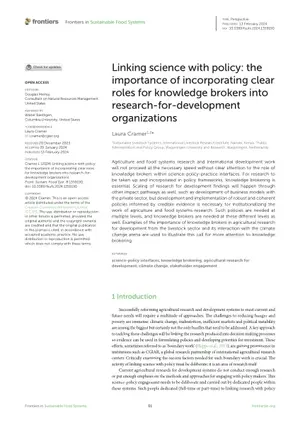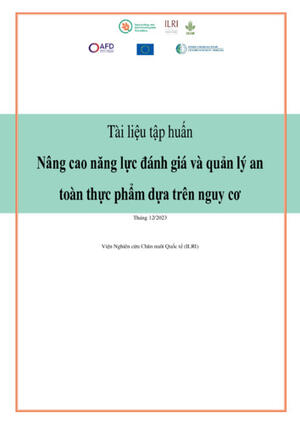
ILRI Forage Genebank duplicates one-third of its collection for safe, long-term storage in the Svalbard Global Seed Vault
 Alieu Sartie in the seed storage cold room at the ILRI Forage Genebank in Jan 2020 (photo credit: ILRI/Apollo Habtamu).
Alieu Sartie in the seed storage cold room at the ILRI Forage Genebank in Jan 2020 (photo credit: ILRI/Apollo Habtamu).
For the third time, the International Livestock Research Institute (ILRI) last month shipped a set of its forage genebank collection, comprising 302 accessions representing 74 species and 30 genera, to the Svalbard Global Seed Vault, a long-term seed storage facility located deep inside a mountain on a remote island in the Svalbard Archipelago, halfway between Norway and the North Pole.
The accessions are part of the germplasm of plant genetic resources for food and agriculture that are held in-trust and made available to farmers, breeders and researchers in accordance with provisions set out in the 2004 International Treaty on Plant Genetic Resources for Food and Agriculture
ILRI’s forage plant materials were added to the many other collections already stored in the Arctic vault on 25 Feb 2020.
This latest shipment by ILRI (it has made two previous shipments) raises the amount of ILRI Forage Genebank collections now safely duplicated and stored at the seed vault to 33%.
ILRI is home to the world’s only genebank dedicated wholly to forages grown specifically to be consumed by livestock. Located in Addis Ababa, Ethiopia, the ILRI Forage Genebank is one of 11 genebanks within the CGIAR. The CGIAR is the world’s largest agricultural research and innovation partnership working for a food-secure future.
The CGIAR’s 11 genebanks are located in countries that are ‘centres of diversity’ of key crops in and for the developing world. These centres work to make optimal use of the natural diversity of indigenous plants and animals that feed most of the world.
The International Center for Tropical Agriculture (CIAT), now referred to as ‘The Alliance of Bioversity International and CIAT’, another member of CGIAR, also maintains a collection of tropical and subtropical forages in its genebank located in Cali, Colombia. The forage collections are critical genetic resources for livestock production in the tropics and the two institutions have recently joined forces to create a single ‘virtual genebank collection’ with a single access point that will be located on the web and with forage plant distribution points in both Africa and Latin America.
One of the ambitions of CGIAR genebanks is to ensure that by 2021 most (90%) of their accessions will be safely duplicated in the long-term storage facilities at the Norwegian Svalbard Global Seed Vault’, said Alieu Sartie, ILRI’s genebank manager. ‘We intend to ensure that our collection of forage biodiversity, so critical for future generations as well as for present-day tropical food producers, is protected from loss due to natural, political or human made disasters’, he added.
The ILRI Genebank made two earlier deposits at the Svalbard Vault of selections of its in-trust collection of 18,638 accessions, in 2008 and 2011.
Read an ILRI News blog article on the last ILRI delivery made to the global seed vault: Thirty per cent of ILRI Genebank collections now safely duplicated at the global seed vault in Norway, 22 Nov 2018.
Read more about the seed deposit on 25 February.















